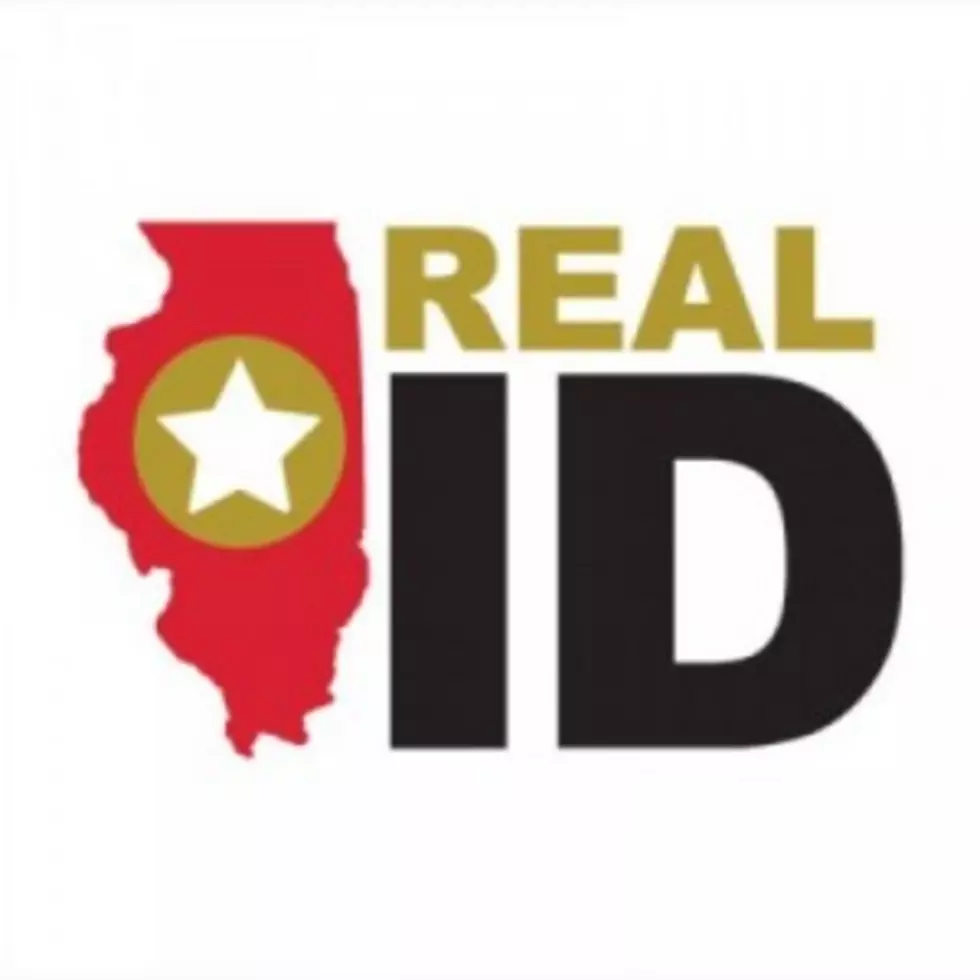
The Worst Product Flops of All Time
Remember this from 1985?
I was working for a radio station in Columbus, Ohio in 1985 when the word came down that the good folks at Coca-Cola were changing their formula. Being a long-time Coca-Cola fan, I remember thinking, "What was wrong with the old formula?"
However, being 22 years old, I was ready to concede that the minds behind one of the planet's most valuable and recognizable brand names HAD to know more about this topic than a punk like me. It turns out...not so much.
Our radio station was one of many that was asked to go out and do taste-tests with our listeners to herald the release of New Coke. It took about 20 minutes into our first of ten taste-test events to determine that Coca-Cola had one big disaster on their hands.
The first person to try a sample was a 50-ish woman who had shown up an hour before the event just to ensure her family got to try New Coke. There, live on-the-air, the woman eagerly accepted her cup, took a big swig, and swirled it around in her mouth (I'm sure to rate the bouquet, mouth feel, and finish). She then made the face that you see people make when they've smelled something awful, and spit the mouthful of New Coke out with extreme prejudice.
"Seriously?!" she spat. "You can't be serious! That's awful! That sucks! It's like Pepsi! And I hate Pepsi! This is what the big deal is about? Yuck. I want my old Coke back."
As I mentioned, that was live and on-the-air.
We quickly re-grouped and handed out more samples to the dozens of curious folks that had gathered. Nothing changed. They all reacted in similar ways. Only a couple of people had kind things to say, and even they didn't seem too convinced.
New Coke was a disaster. Classic Coke was re-introduced, and New Coke faded away, taking with it millions and millions of dollars along with nearly a century's worth of good will toward Coca-Cola.
24/7 Wall Street.com's Thomas C. Frohlich has a piece up at Yahoo Finance that details the 10 Worst Product Flops of All Time. Included in that list, but not at the #1 spot (It's actually #7), is New Coke. How did they determine what products were the biggest fails?
To identify some of the worst product flops of all time, 24/7 Wall St. reviewed products introduced after 1950 by America’s largest companies. To make the list, the company needed to make the Fortune 500 the year the product was released.
Some of the members of this painful fraternity include:
The Zune-Both the Zune and its upgraded sequel the Zune HD ultimately failed to compete with Apple’s already well-established iPod brand. Even without various performance issues plaguing the device -- at the beginning of 2009, thousands of Zunes froze due to software glitches -- the Zune would have had difficulty competing with the iPod. Shortly before its release, Wired Magazine argued that Microsoft’s PlayForSure digital music format would be clumsy due to unnecessary and poorly implemented security measures. There was also a sentiment among reviewers that the Zune could never be as cool as the iPod. With its initial $9 million ad campaign, according to NPD, Microsoft was able to capture only 10.8% of the relevant segment, versus Apple’s intimidating 86.1% market share as of 2006. After dismal results, Microsoft would nearly double its advertising investment, but without success. As a result, Microsoft's Entertainment and Devices division lost $1.3 billion in 2006, and then a further $1.9 billion in 2007. Today, Microsoft has virtually abandoned the Zune MP3 player, as well as the Zune brand.
And, who can forget WOW! Chips?
PepsiCo's subsidiary Frito-Lay released WOW! chips in an effort to offer healthier and less fattening junk food. By using olestra, a fat substitute designed by Procter & Gamble, WOW! chips contained significantly less fat and calories. Initially, sales were exceptional, reaching $347 million in 1998 and making WOW! the best-selling potato chip brand that year. But olestra also had an unpleasant effect on the body. Diarrhea, incontinence, and cramping, were among the most common grievances, with some cases requiring hospitalization. PepsiCo dedicated a $35 million advertising budget to counteract negative opinion, but sales still declined dramatically in 1999 and 2000. Frito-Lay finally responded by renaming WOW! chips “light” in 2004. The company also avoided calling attention to its continued use of olestra. The absence of a warning label prompted a number of lawsuits. According to the Center for Science in the Public Interest, olestra’s approval for consumption was one of the FDA’s biggest blunders of all time.
I once worked with someone who knocked back half a bag of those chips one afternoon. I still feel badly for him when I remember how one of the most embarrassing moments of his life occurred later that day. I can't be too descriptive, but...his dry cleaning bill was enormous, and he quickly acquired a nickname he came to despise.
Check out the rest of the flops and their stories here.
More From WROK 1440 AM / 96.1 FM









